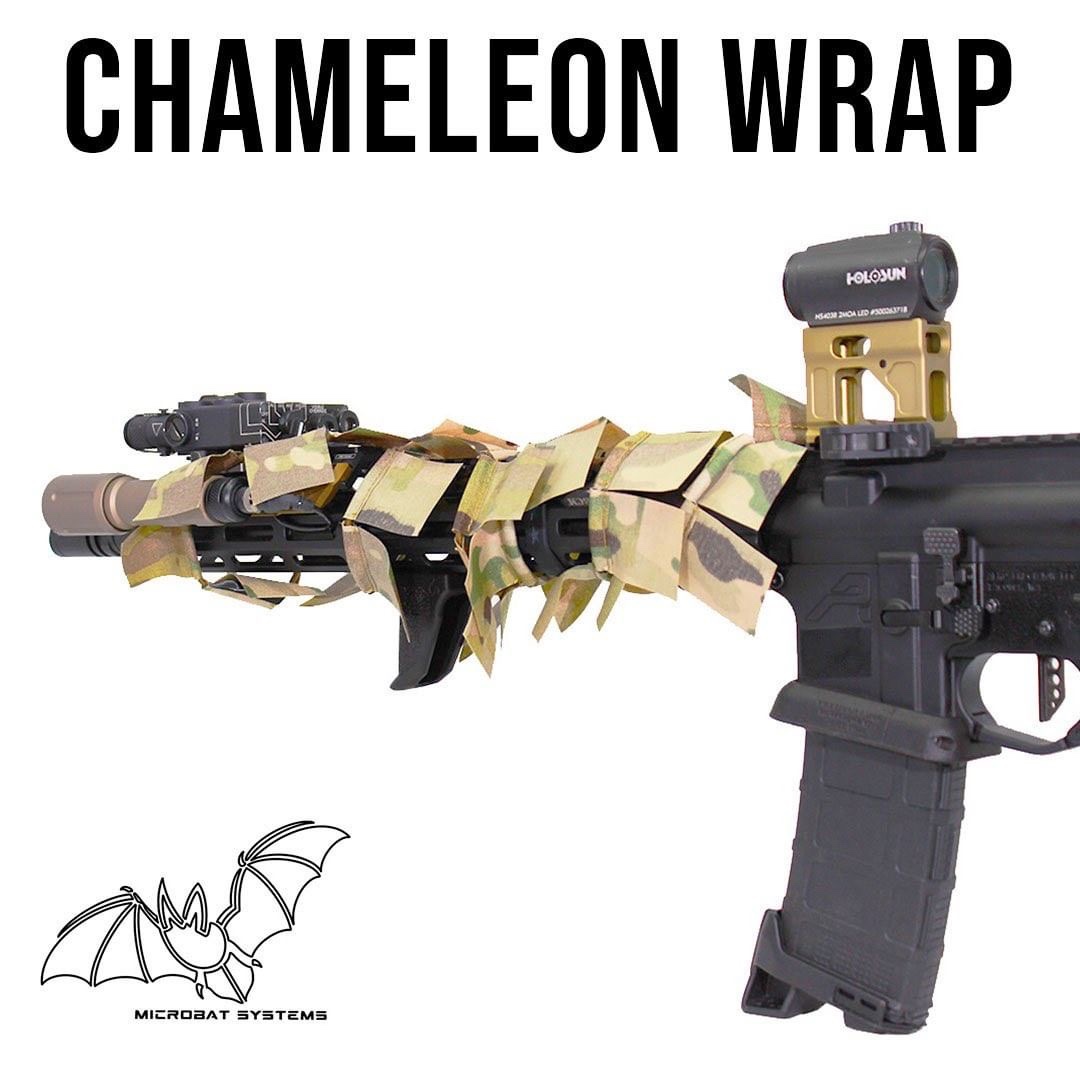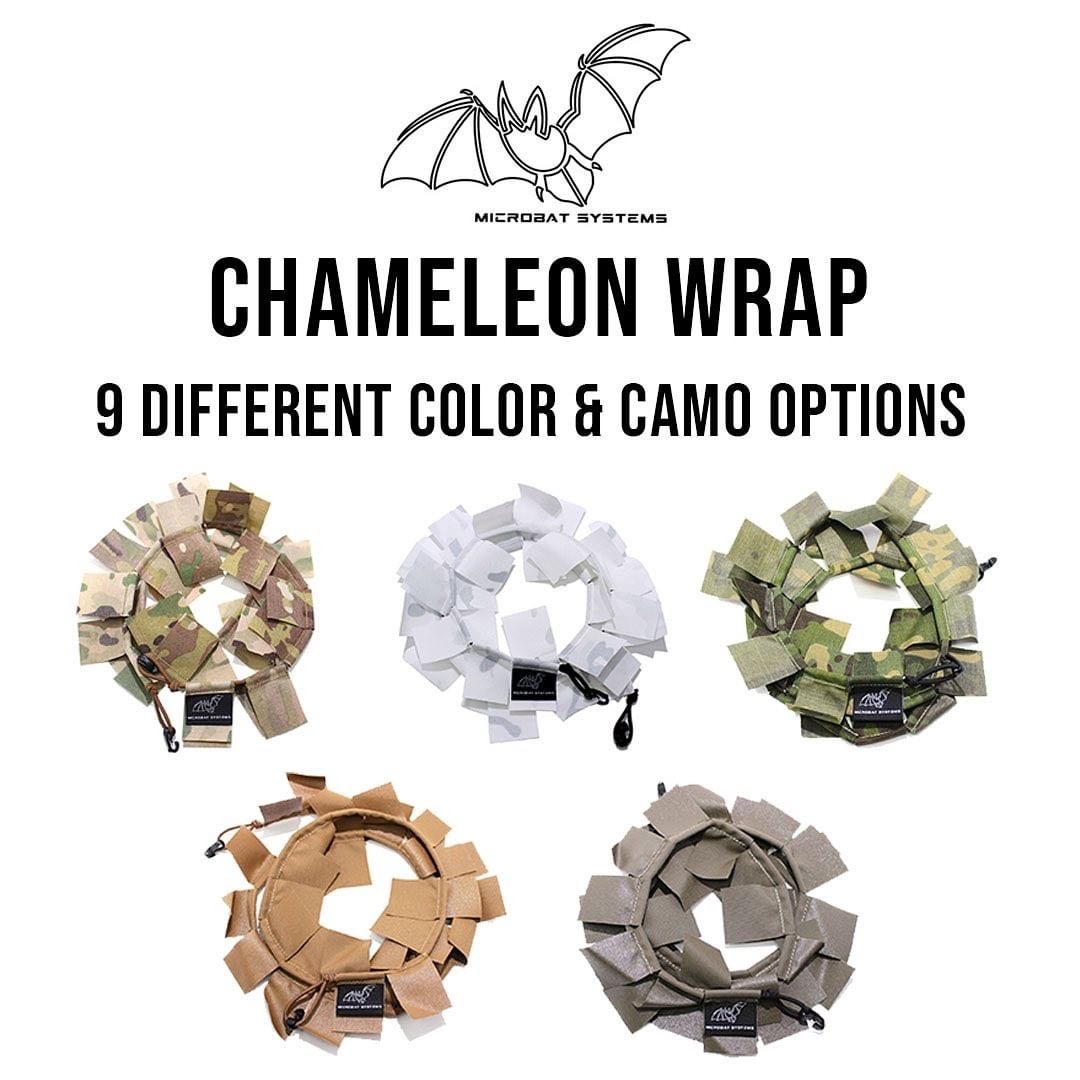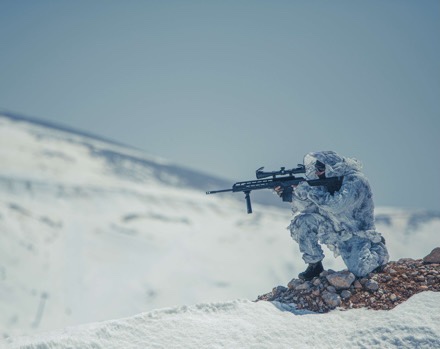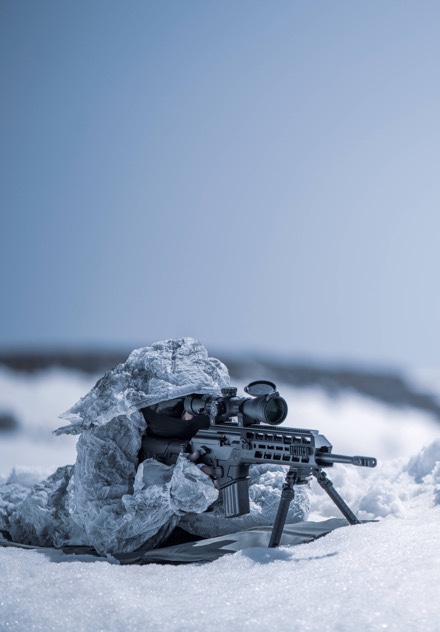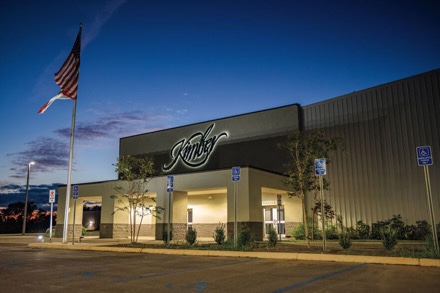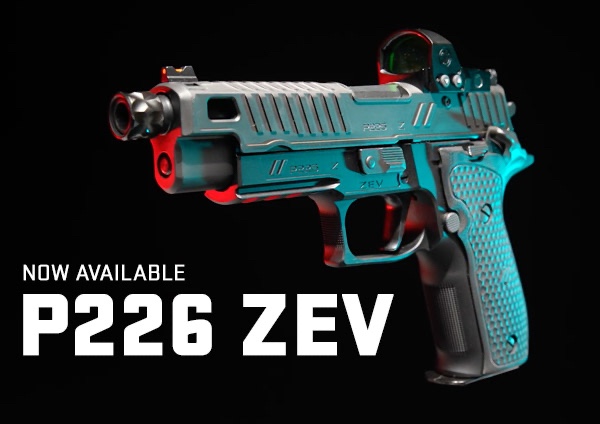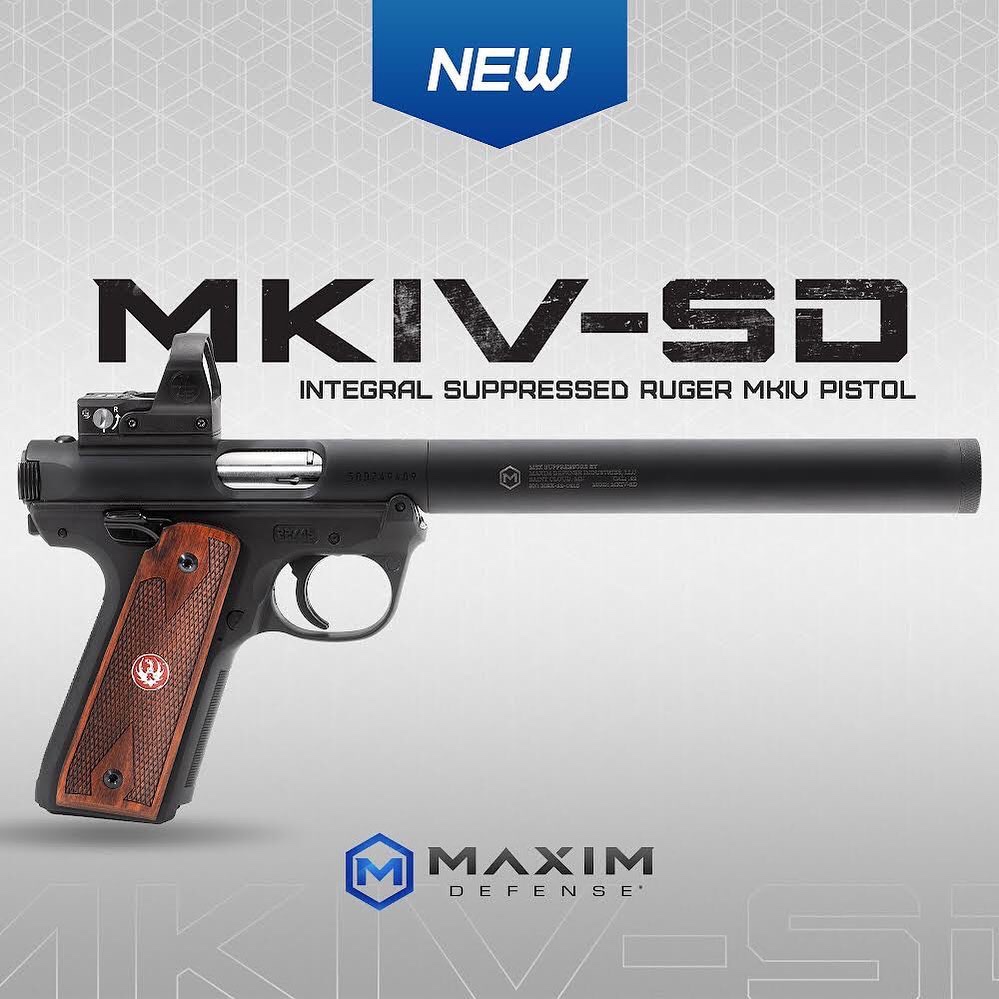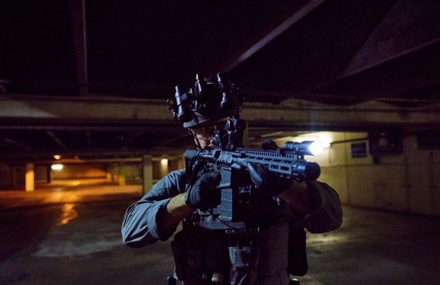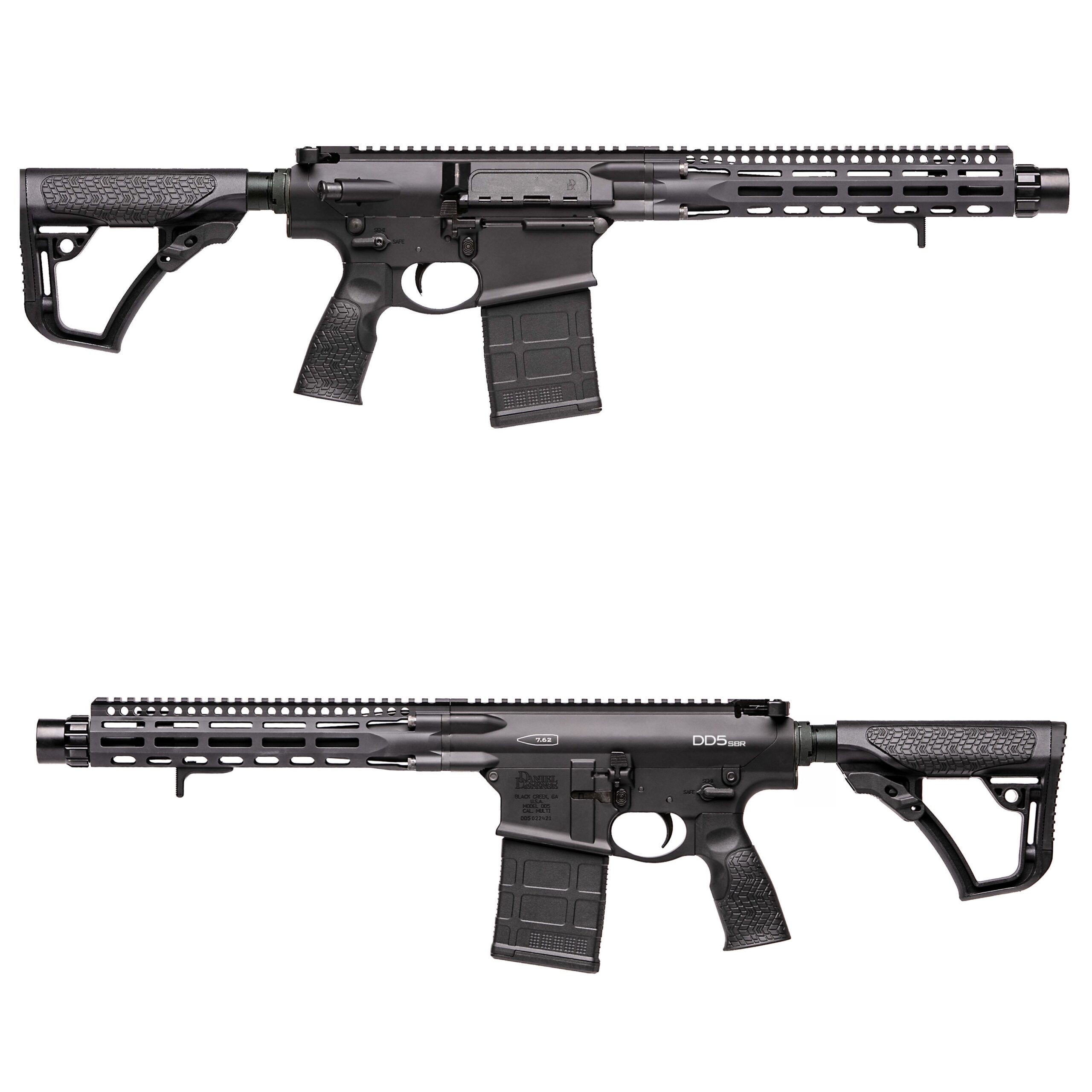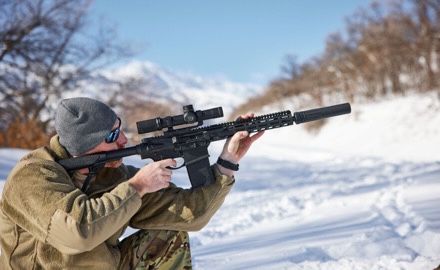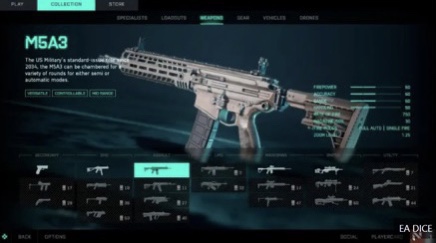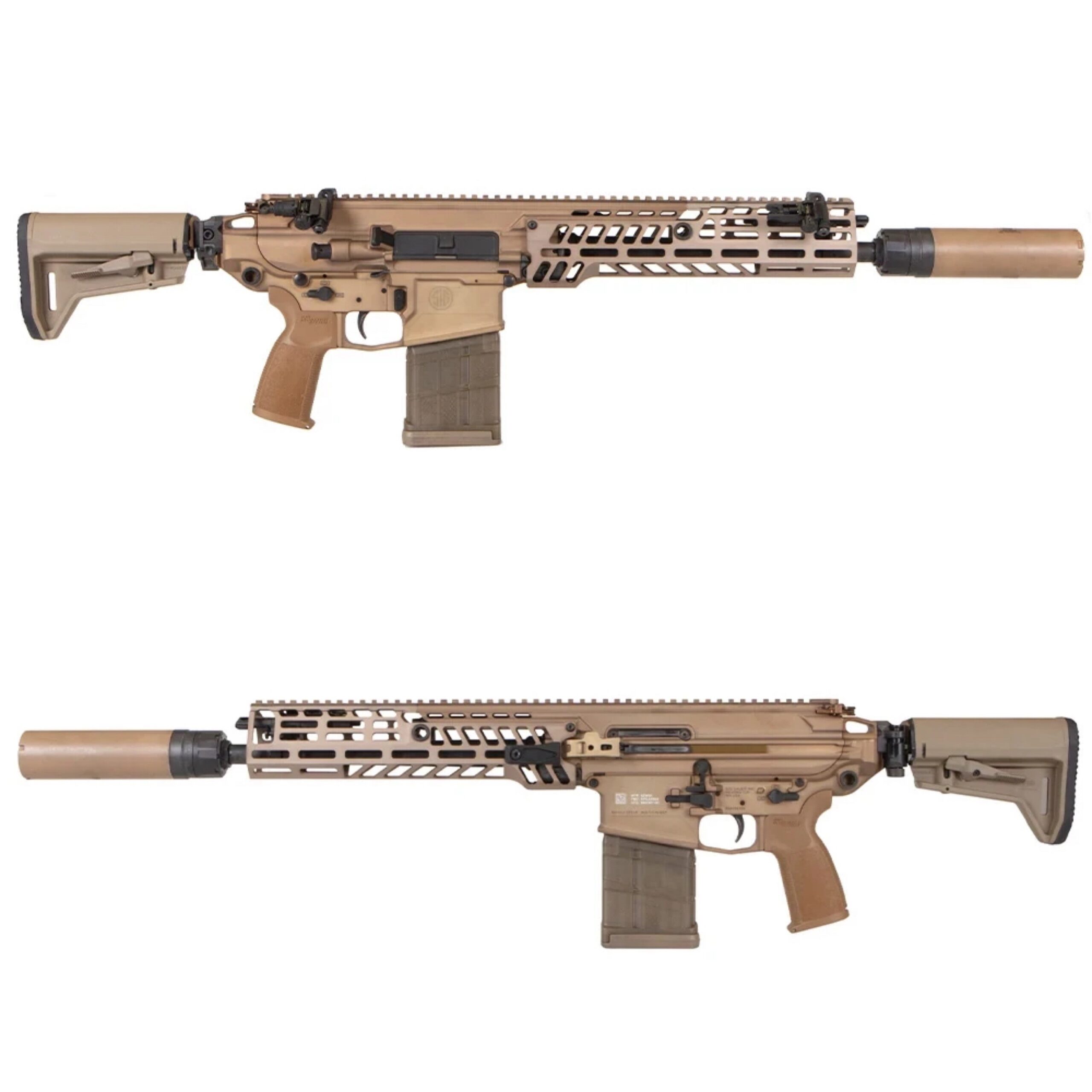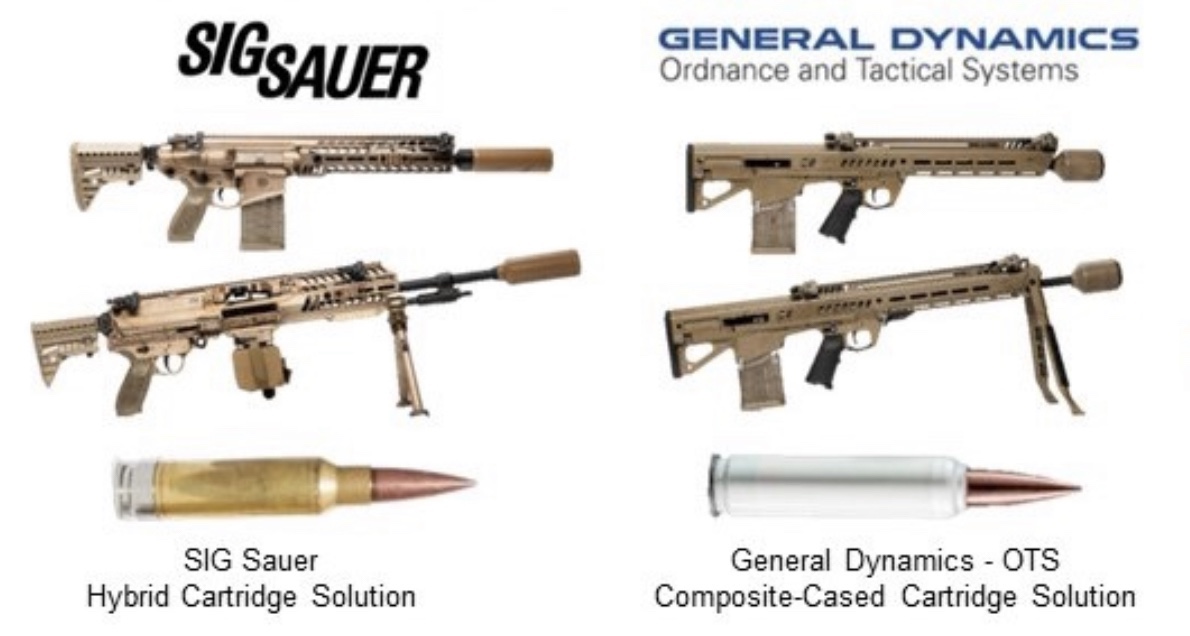Tampa, FL (April 13th, 2022) – B&T USA is excited to introduce its 16-inch barreled model of its all-new SPC9-series. Born from a European tender requesting a 9mm carbine with the same handling characteristics and ergonomics as the AR platform; the all-new SPC9 incorporates many of the features found on the B&T APC9, MP5 and AR platforms combined into one, very versatile platform. Lightweight and reliable, well balanced and accurate, safe and modular — the SPC9 checks all the boxes and is one of the lightest recoiling 9mm carbines available, thanks in part to B&T’s innovative and effective hydraulic buffer system.
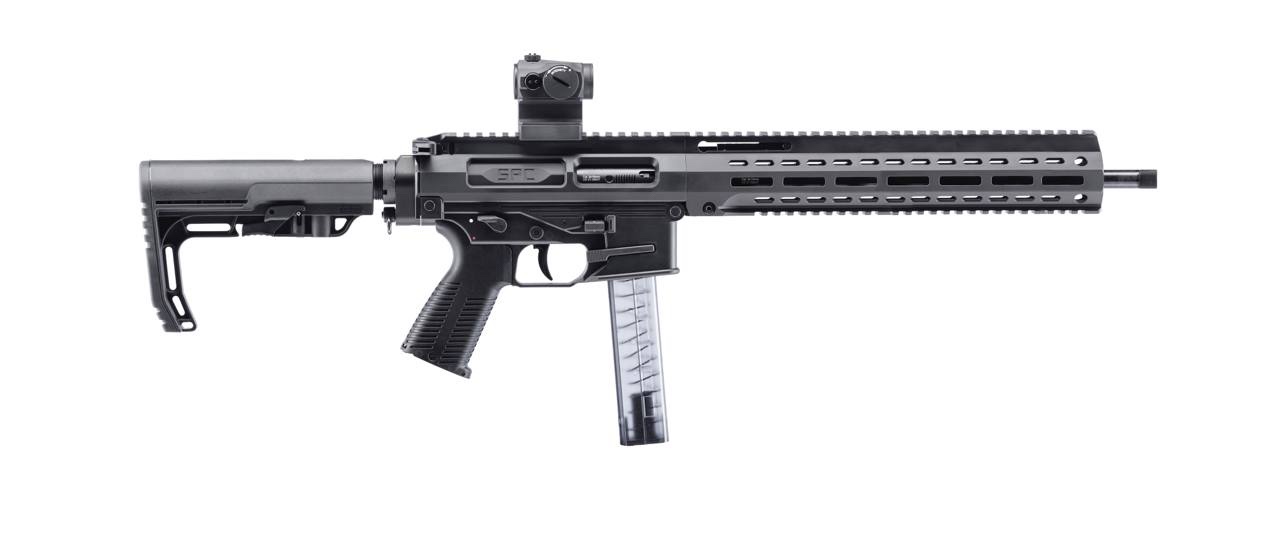
“The new 16-inch barreled SPC9 is a PCC competitors dream — the carbine is incredibly flat shooting, handles like a race car and has minimal recoil thanks to B&T’s effective hydraulic buffer system” said Jon Scott, Vice President of Sales, B&T USA. “We expect the SPC9 16-inch to dominate both at home and on the competitive field, thanks to an ideal formula of features. Those in search of a premium home defense solution would be well served by this very lightweight, well balanced and incredibly easy to shoot well platform — flatteringly so. Most importantly the SPC9 has a proven record of reliability, produced by a company who has built its reputation on being dependable in the most austere conditions imaginable.”
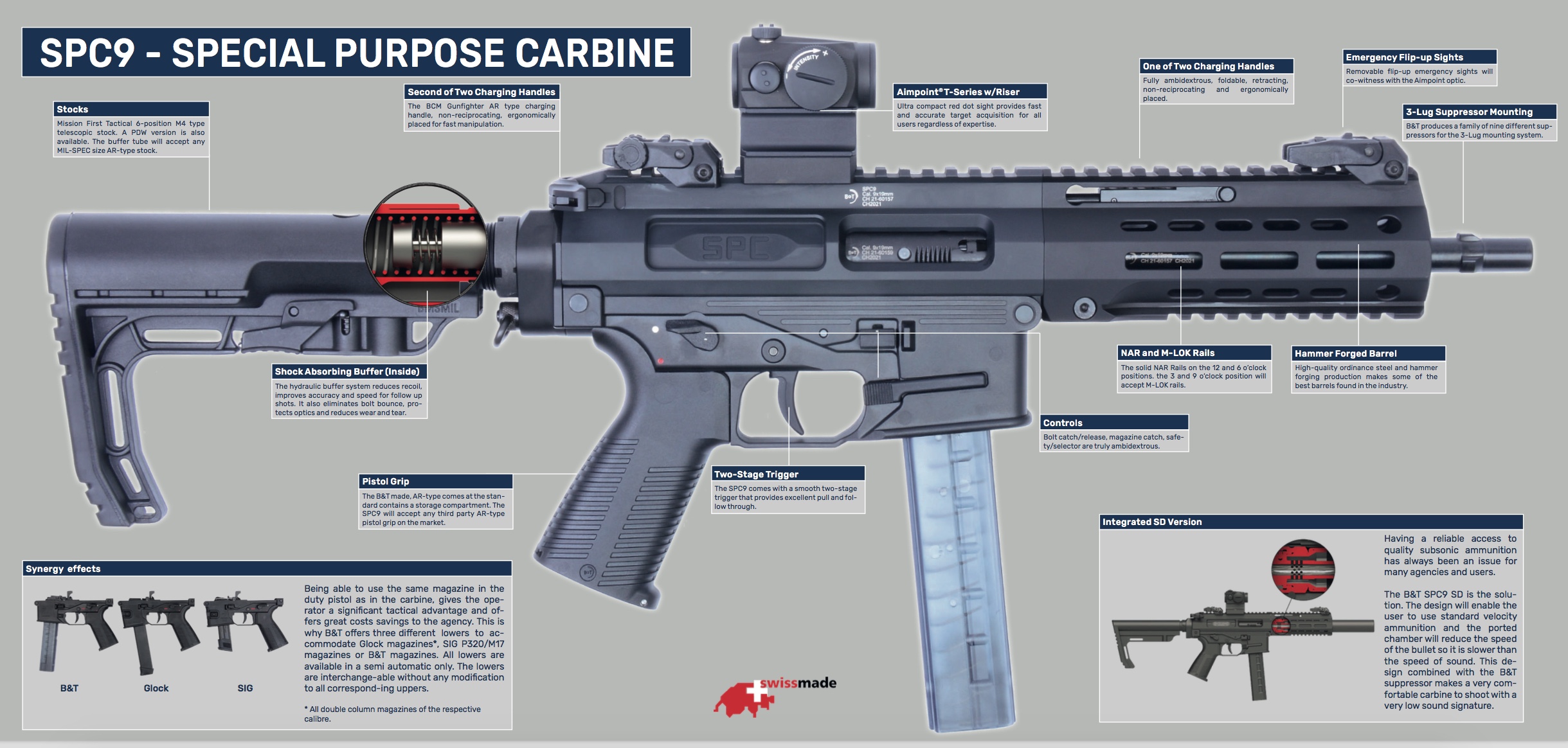
Some of the features found on the SPC9 are time proven while others are state-of-the-art and modern. One of the unique features of SPC9-series is that it is equipped with two different charging handle systems. One of these is the handle found on AR platforms, while the other is a non-reciprocating, foldable charging handle located above the barrel. This gives the user the choice to use whatever manual of arms that is preferred; both systems are ambidextrous.
For more information on B&T USA, visit: www.bt-usa.com


